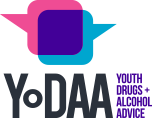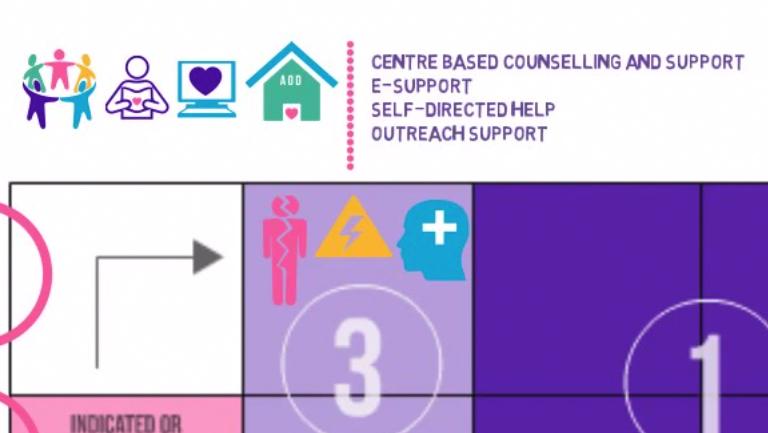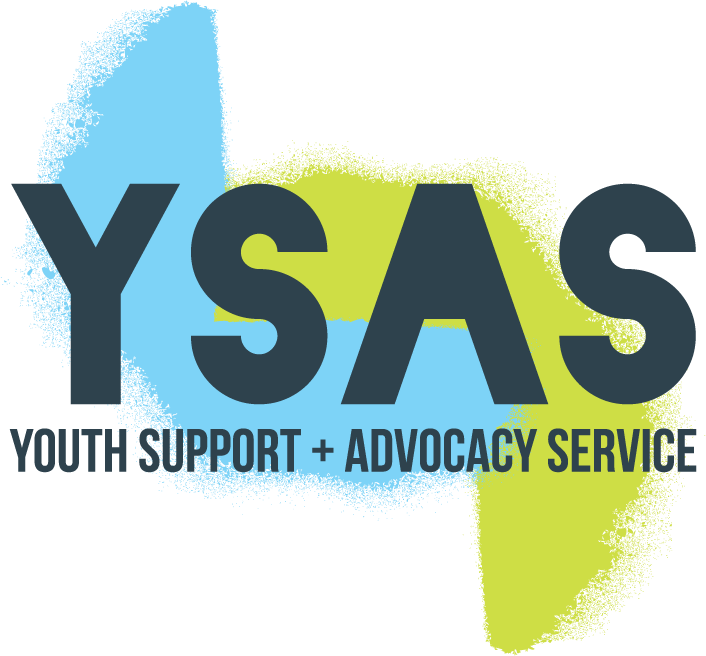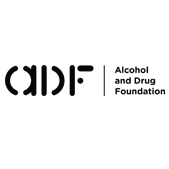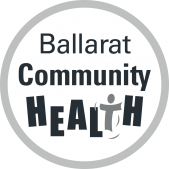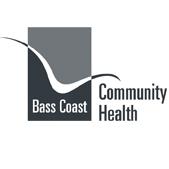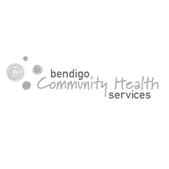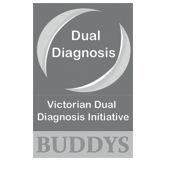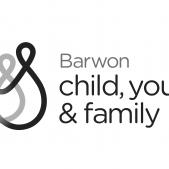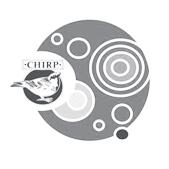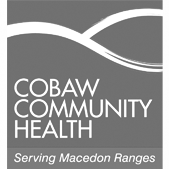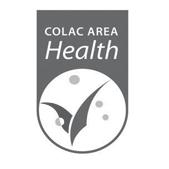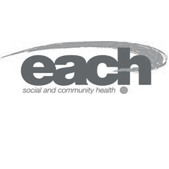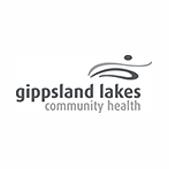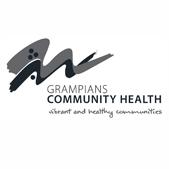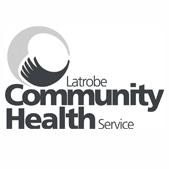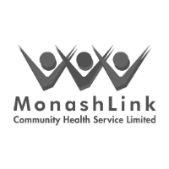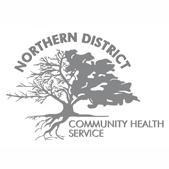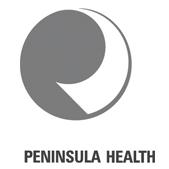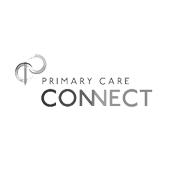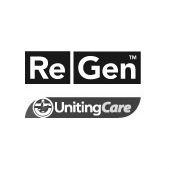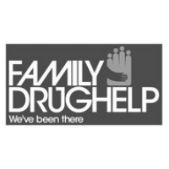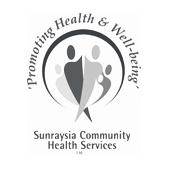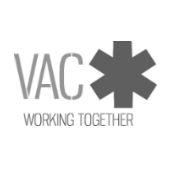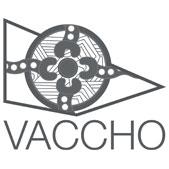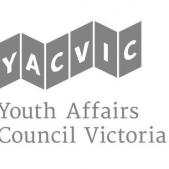Understanding Youth Drug & Alcohol Use
Tailoring support options to need
The needs of young people should determine the type and level of support they receive. This article groups young people needing AOD treatment based on common needs and suggests appropriate support for each.
By applying a framework that considers both severity of substance use and life complexity/vulnerability, young people who require AOD treatment or early intervention can be identified as belonging to one of three cohorts based on common needs and characteristics.
One cohort includes young people with high or severe AOD use who are also considered highly or extremely vulnerable.
General characteristics of this group include:
- Frequent and heavy use of alcohol or drugs
- Harmful and risky use patterns including IV and overdose
- Use of several drugs
- Disconnection from school/employment, family
- Housing problems
- Mental health concerns
- Youth justice/child protection involvement
- Experience of abuse and neglect
As a general approach young people in this group require their AOD problems and other issues addressed simultaneously using a range of interventions.
The best-matched support types through which to deliver interventions include:
- Outreach support
- Short-term residential support (withdrawal)
- Long-term residential support (rehabilitation)
- Day programs
- Peer support
The second cohort includes young people with low severity substance use but whose high or extreme vulnerability means there is serious risk of their AOD use escalating in severity.
General characteristics of this group include:
- Emerging substance use
- Semi-regular use (not daily)
- No acute harms or injecting
- Disconnection from school/vocational, family
- Housing problems
- Mental health concerns
- Youth justice/child protection
- Usually a younger age group
As a general approach, to prevent escalation in harmful substance use, young people in this group require early intervention in familiar settings and places and through supports they already have.
The best-matched support types through which to deliver interventions include:
- Outreach support (in familiar and comfortable settings and places)
The third cohort includes young people with high or severe AOD use combined with one or two indicators of vulnerability.
General characteristics of this group include:
- Frequent and heavy use of alcohol or drugs
- Use of multiple drugs
- Emerging issues such as mental health concerns, isolation or family conflict
- Connection with school, work and family
- Stable housing
As a general approach young people with these characteristics need specific AOD interventions and a focus on maintaining connections with family and community.
The best-matched support types through which to deliver interventions include:
